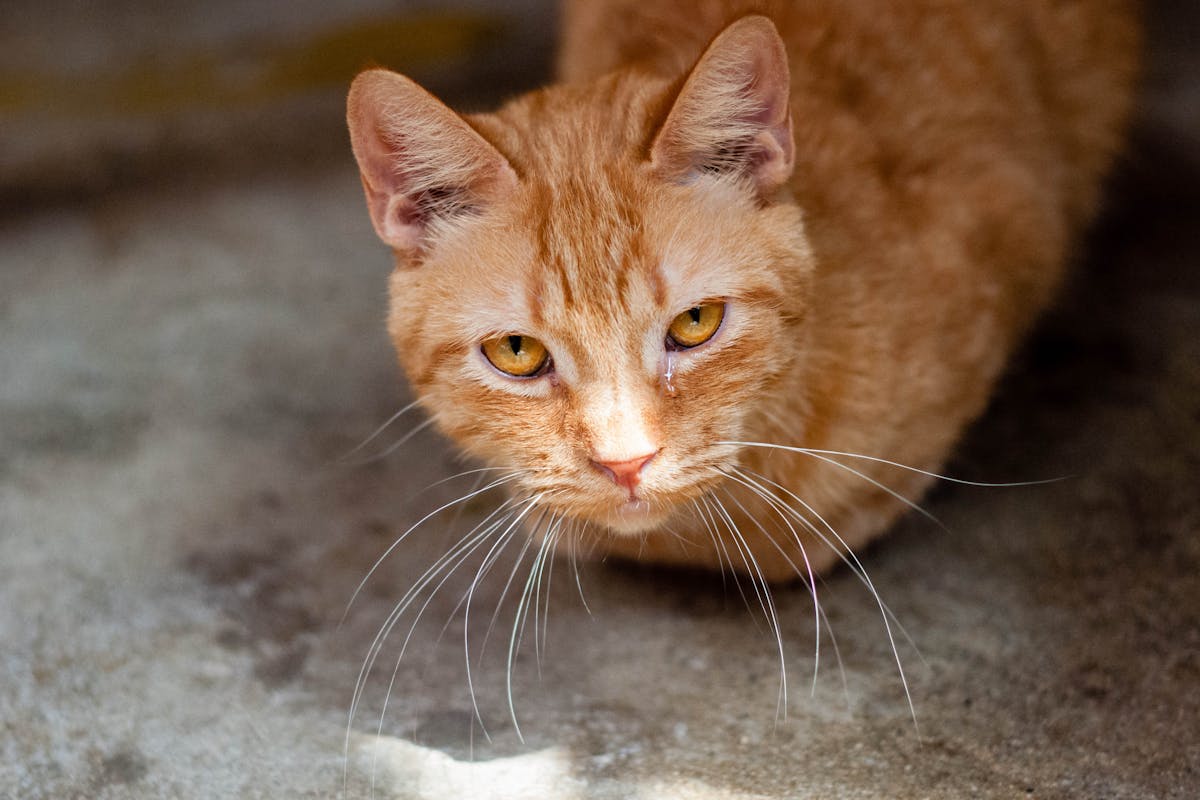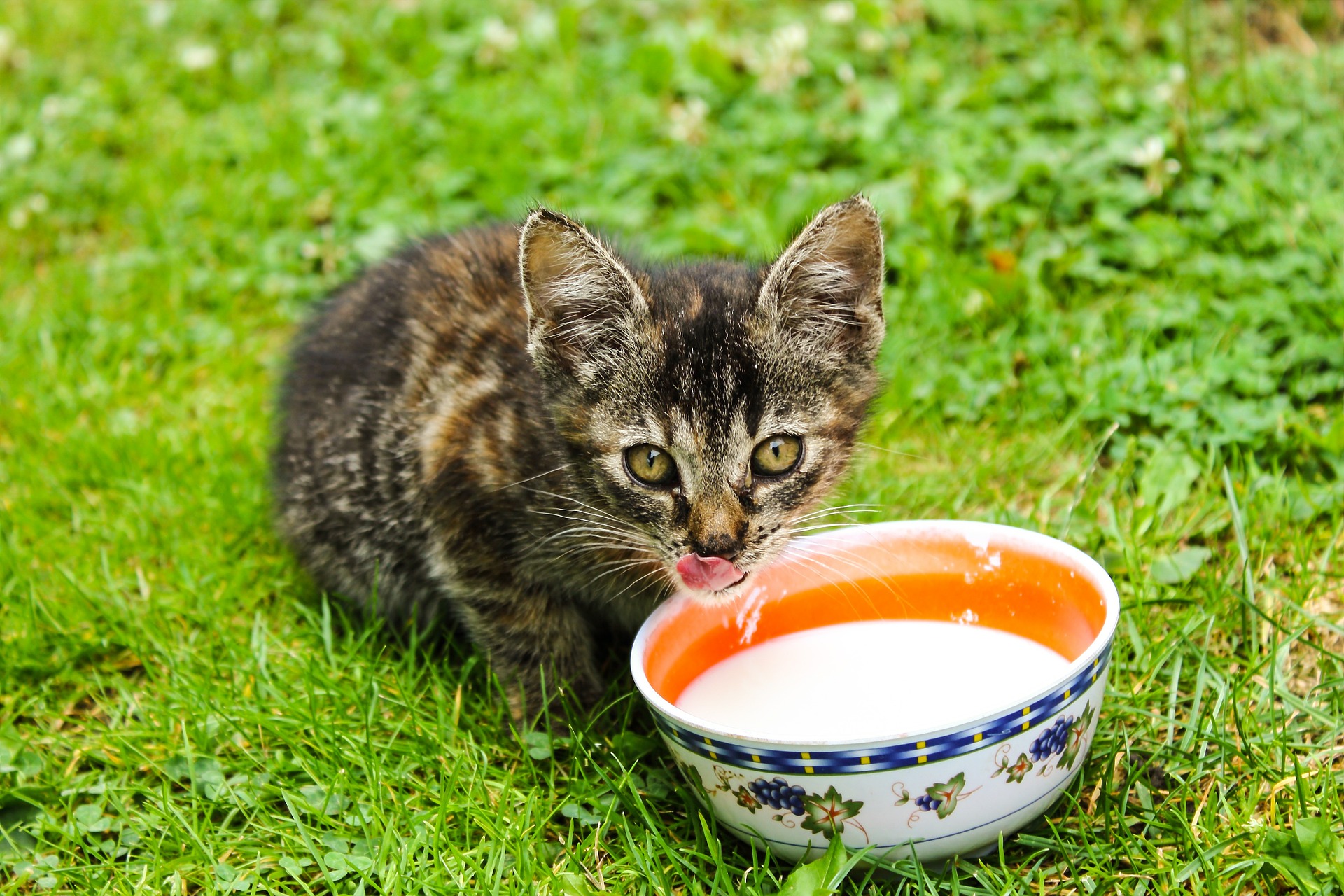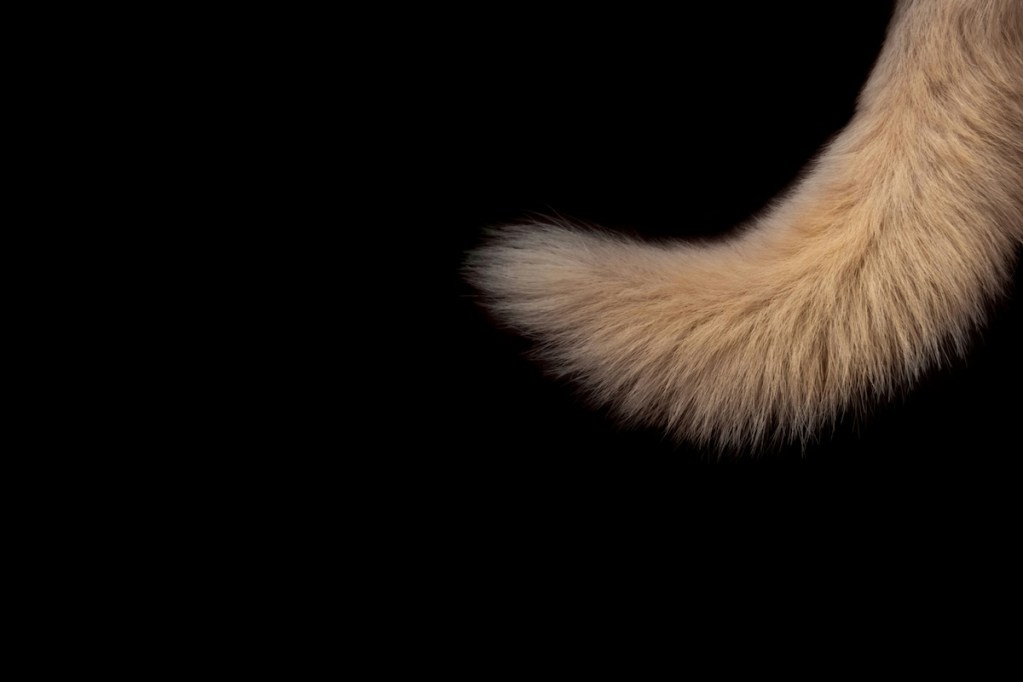
The idea that a cat’s tail can tell a tale isn’t just a fun play on words. Kitties speak to us through vocalizations (like purrs and growls) and body language. A cat’s tail can let us know they’re happy or even stressed to the max.
A wagging tail is often a sign of happiness in the dog world. Cats are a different animal, though. Don’t speak cat tail language? You may be concerned or curious about why your cat’s tail is shaking. The truth? A quivering tail is only one piece of the puzzle in decoding your cat’s mood and health. These insights will take you through common reasons a cat’s tail shakes and other clues to help you pinpoint which one applies to your pet.
Learn cat tail language: Why do cats shake their tails?
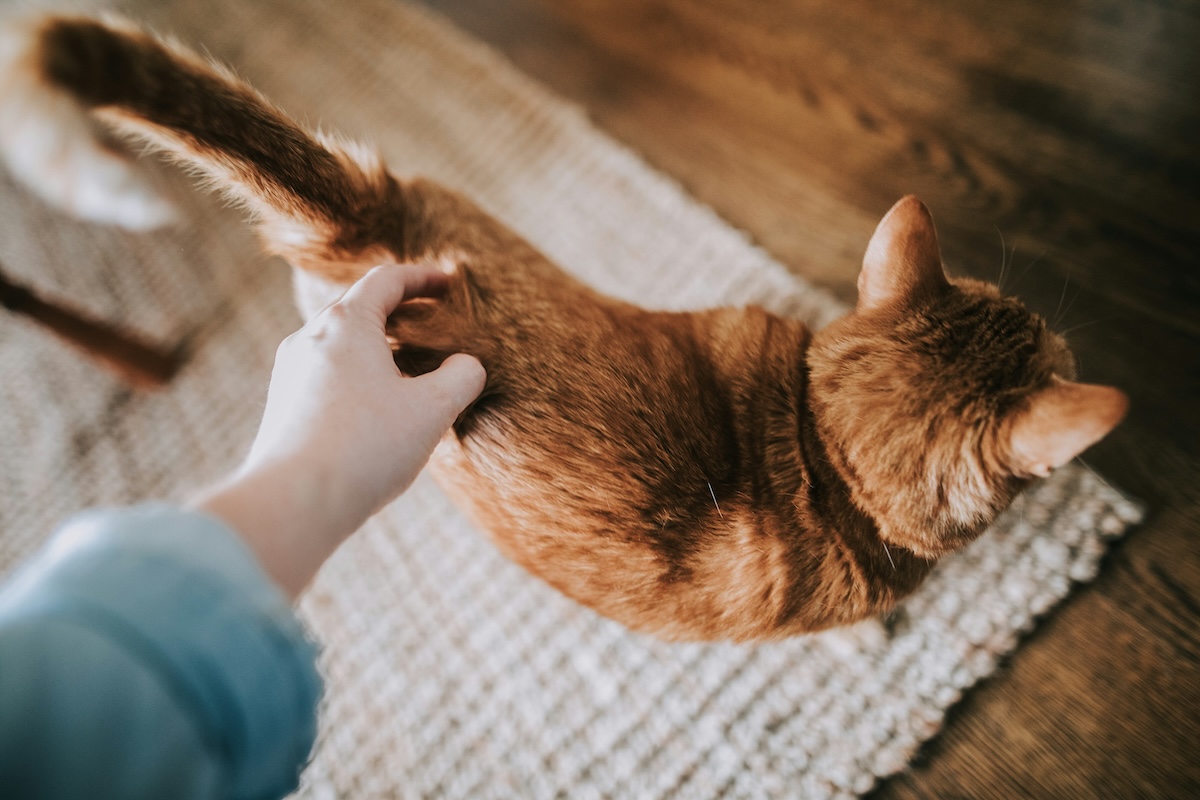
A quivering tail could signify happiness (at best) and physical and emotional discomfort (at worst). You’re likely hoping for the latter. However, if your cat is in pain or unhappy, flagging a shaking tail can help you get them the assistance they need.
Happiness
Cats are often portrayed as moody and anti-social animals, which is such a myth. Each cat has their own personality, and kitties can 100% experience happiness — even around humans (like you). Like dogs, a cat’s tail may vibrate when they’re happy. Perhaps you just walked home or opened their food bag at the precise time they expect breakfast. There’s a good chance your feline friend’s quivering tail is a sign of happiness if the cat is also displaying behaviors like:
- Purring
- Chirping
- Rubbing against you or another animal
- Snuggling you or another animal
- Slow-blinking at you
- Rolling around with their tummy exposed
Angry
If a cat is angry, their tail may be stiff and bushy. However, a vibrating tail could also signal an angry kitty. Cats become angry for various reasons, such as rough play or another animal encroaching on their territory. Other signs of an angry cat include:
- Hissing
- Growling
- Erect fur
- Staring without blinking
Frustration
Cats don’t usually go from 0 to 60 on the emotional spectrum. Often — but not always — cats display frustrated behavior and tail language before escalating to anger. A flicking tail can flag frustration. A cat may become impatient if you delay breakfast as you stand by the food bag texting on your phone. Kitties may also become frustrated by stray cats entering the backyard — a space the cat considers theirs even if they never access the area. Frustrated cats may also:
- Scratch furniture
- Spray
- Swipe at humans or fur siblings
Anxiety
An anxious cat may subtly flick the upper part of their tail. Various factors can trigger cat anxiety, such as a car backfiring or a screaming newborn. Other signs a cat is anxious include:
- Fur standing up
- A tail positioned close to the body
- Shifting the body away from the stressor
- Crouching
Peeing
A cat’s tail may quiver if they are peeing. Peeing in the litter box is the goal. Some outdoor cats may spray (let out tiny bits of urine horizontally) to mark territory. However, flag the behavior if your cat is peeing or spraying inside. The cat may be:
- Stressed and marking territory, especially if you recently moved, adopted another pet, or brought a new baby home
- In pain
- Unaltered
Dreaming
Yes, cats dream, and they may shake their tails when they do so. Why? We’ll never know for sure. Cats can’t tell us all about their dreams. However, a shaking tail isn’t necessarily a sign a cat is having a nightmare. For all we know, the kitty could be dreaming of breakfast.
How to stop a cat’s tail from shaking
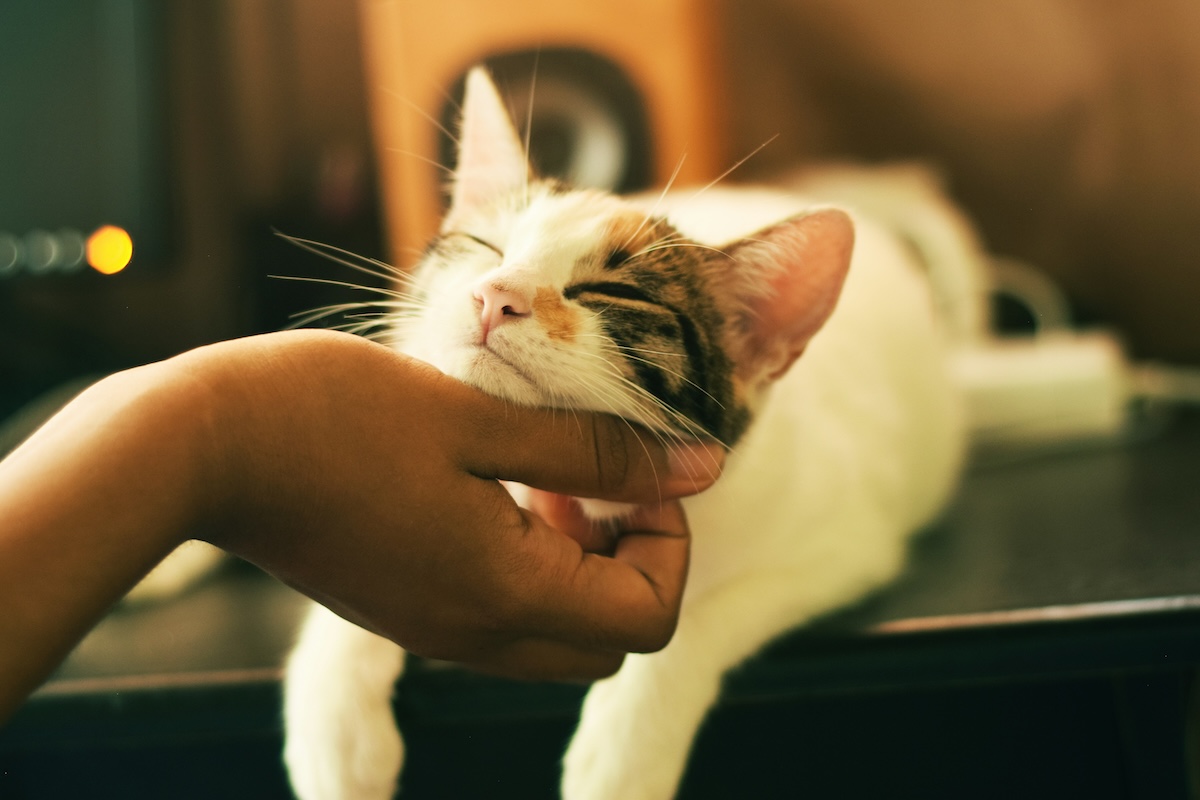
A happy cat with a quivering tail is not a problem to fix. However, sometimes, a shaking cat’s tail is a flag. Something else is up. In these instances, you’ll want to take some steps to help your feline feel better, such as:
- Providing toys to keep them physically and mentally engaged
- Giving the cat a safe way to scratch, like a tree
- Providing safe spaces to hide, such as a crate or perch
- Introducing new pets slowly
- Ensuring each animal has their own food and water dishes and litter box (as applicable)
- Feeding your cat at the same time each day
- Neutering the cat
- Keeping the litter box clean
- Cleaning any spot the cat (or another animal) soiled
- Attending regular vet appointments and calling your pet’s doctor with concerns, such as peeing outside of the litter box
Final thoughts
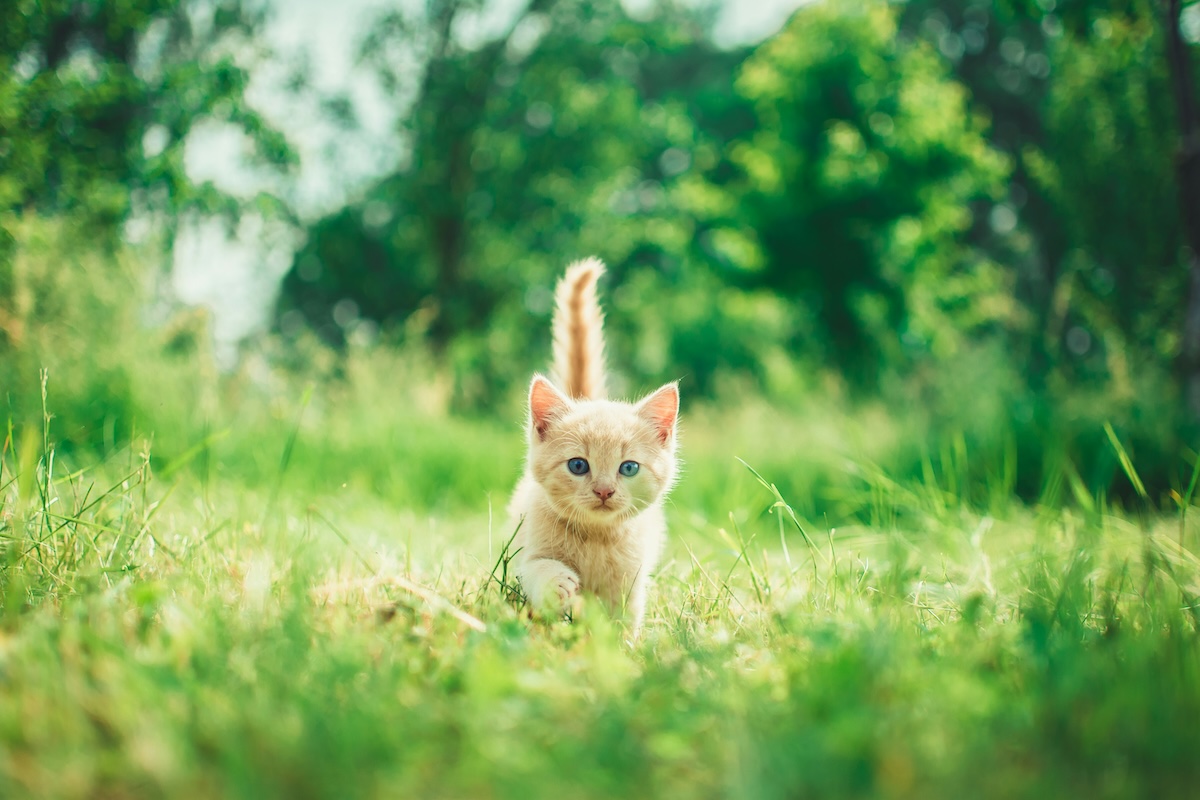
Cat tail language can determine your kitty’s mood and physical health. However, a shaking tail can mean anything from happiness to severe stress and anger — opposites. Therefore, consider cat tail language one clue and look for others, like vocalizations, fur, and posture.
If a cat seems happy, that’s a signal to keep up what you’re doing. A stressed or angry cat is telling you that something — maybe even you — is bothering them. Don’t take it personally. No one is perfect. By backing off or tuning into your pet’s need for food or a trip to the vet, you can make things right for the cat and perhaps between the two of you.

